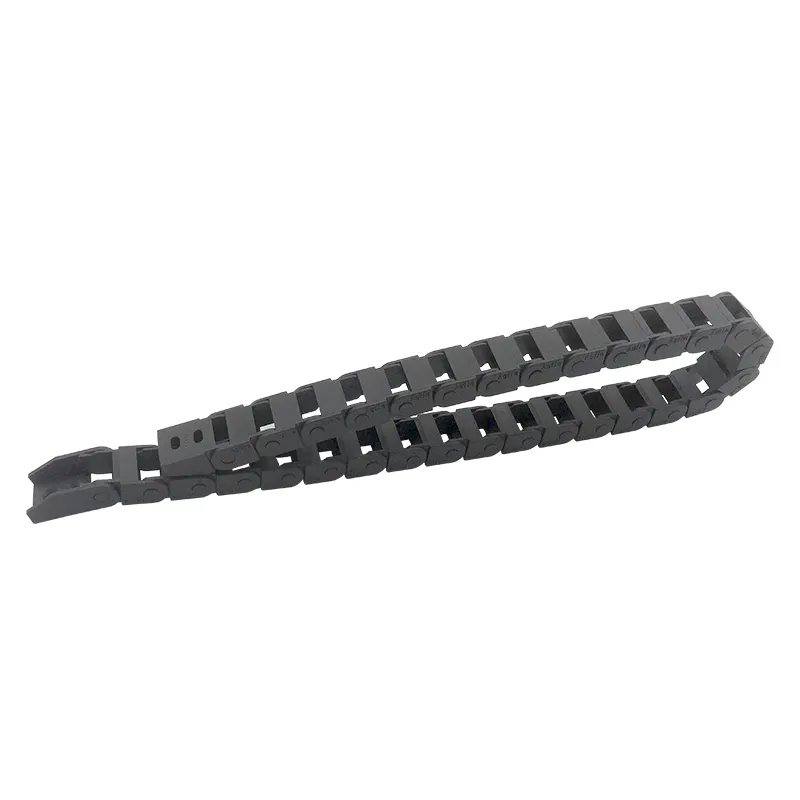Understanding Helical Offset Tooth Belts and Their Applications in Mechanical Design
Understanding Helical Offset Tooth Belts
In the realm of mechanical engineering and design, the choice of transmission components can significantly influence the performance and efficiency of a system. One such component that has gained popularity in various applications is the helical offset tooth belt. This innovative mechanism has revolutionized how power and motion are conveyed in machinery, offering distinct advantages over traditional belt systems. In this article, we will explore the features, benefits, and applications of helical offset tooth belts, shedding light on why they are increasingly favored in modern engineering.
What are Helical Offset Tooth Belts?
Helical offset tooth belts feature a distinct tooth design characterized by a helical arrangement. Unlike standard toothed belts, where the teeth are aligned perpendicular to the belt's length, helical offset tooth belts have their teeth set at an angle. This design allows for a smoother meshing with the corresponding pulleys, reducing the likelihood of slippage and improving the overall efficiency of the power transmission.
The offset aspect refers to the slight displacement of the tooth pattern, which further enhances grip and minimizes noise during operation. This unique design can lead to improved load distribution across the belt, extending its lifespan and reducing the frequency of maintenance.
Key Advantages
1. Reduced Noise and Vibration One of the primary benefits of helical offset tooth belts is their ability to minimize noise and vibration during operation. The smooth transfer of power and the gradual engagement of teeth help create a quieter functioning environment, which is particularly advantageous in applications where noise reduction is crucial.
2. High Efficiency These belts are designed to ensure optimal contact with the pulleys, which enhances power transmission efficiency. The angled teeth engage progressively, reducing the chances of slippage and allowing for higher torque transfer.
3. Better Load Distribution The helical arrangement aids in spreading out the load across multiple teeth at any given time. This results in lower stress concentrations on individual teeth, which can lead to increased durability and a longer service life for the belt.
helical offset tooth belt

4. Versatile Applications Helical offset tooth belts are used in various industries ranging from automotive to manufacturing. They can be employed in conveyor systems, robotics, and other machinery where precise motion control is required. Their versatility makes them a popular choice for both high-performance and standard applications.
5. Resistance to Wear The materials used in creating helical offset tooth belts are often reinforced, improving their resistance to wear and tear. This attribute allows them to withstand harsh operating conditions, making them suitable for heavy-duty applications.
Applications
The helical offset tooth belt finds utility across a variety of sectors. In the automotive industry, they are often used in engine timing mechanisms, where precise timing and power transmission are critical. In manufacturing, these belts are integral to conveyor systems, facilitating smooth and efficient transport of goods along production lines.
Moreover, their application extends to the robotics field, where precision and reliability are paramount. Robotics arms rely on accurate and responsive motion, which helical offset tooth belts provide, enhancing the overall functionality of robotic systems.
Conclusion
As industries continue to evolve, the demand for more efficient and reliable power transmission systems has surged. Helical offset tooth belts represent a noteworthy advancement in belt technology, offering multiple advantages, including reduced noise, improved efficiency, and enhanced durability. Their broad spectrum of applications across various sectors highlights their versatility and importance in modern engineering.
Choosing the right transmission component is crucial for ensuring optimal performance and longevity of machinery. As we look towards the future, helical offset tooth belts are poised to play an increasingly vital role in shaping the way power and motion are transmitted in countless applications, exemplifying innovation in mechanical design. The continued research and development in this area promise exciting advancements that will further enhance the capabilities of these remarkable components.








